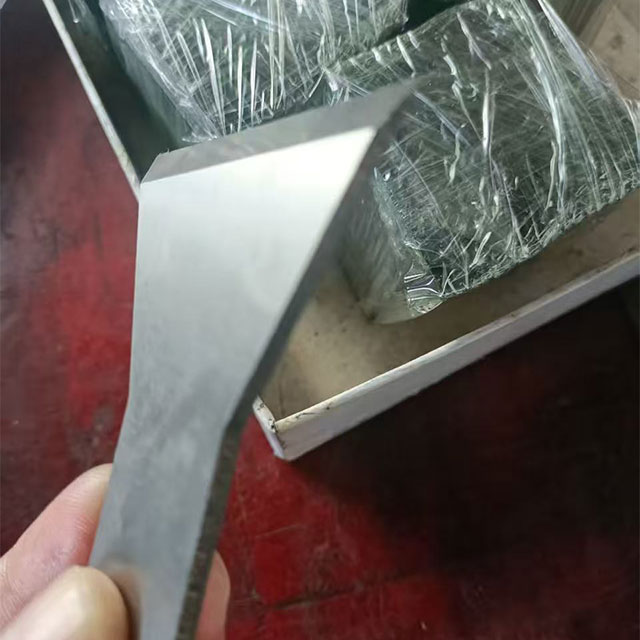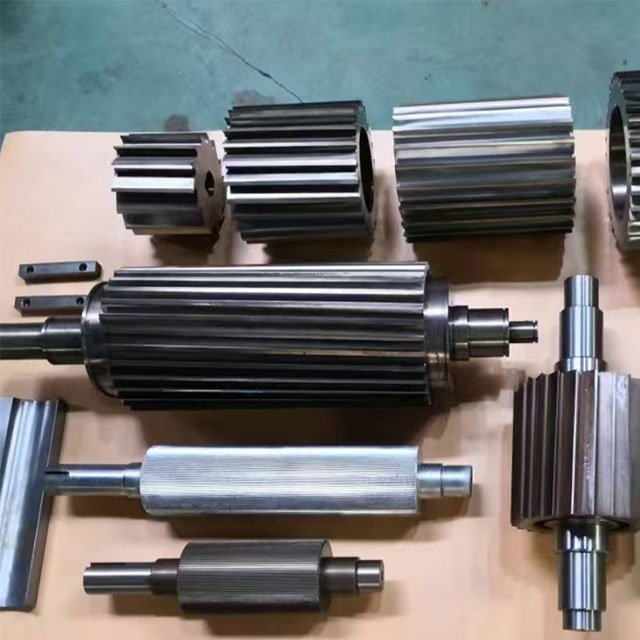In the plastic pelletizing process, the pelletizer’s cutter is a critical component that directly impacts pellet quality and production efficiency. However, many users often encounter problems with rapid cutter wear and frequent replacement, which not only increases production costs but can also lead to uneven pellets and reduced yields.
Why is your pelletizer’s cutter life short? It’s likely due to improper adjustment of the following key parameters! Today, we’ll analyze the factors affecting cutter life and optimization solutions.

- Common Causes of Rapid Cutter Wear
Cutter Speed Mismatch with Main Unit Speed
✅ Problem: Cutter speed that is too fast or too slow can result in uneven pellet size or excessive blade friction.
✅ Solution: Adjust the cutter speed according to the main unit speed. It is generally recommended that the cutter speed be 10%-20% faster than the melt extrusion speed.
Unstable raw material melt temperature
✅ Problem: Too high a temperature → the melt is too soft, causing the blade to stick; too low a temperature → the melt is too hard, increasing cutting resistance.
✅ Solution: PP (polypropylene): 170-220°C; PE (polyethylene)/PC (polycarbonate): 180-230°C; LDPE (low-density polyethylene): 160-200°C; HDPE (high-density polyethylene): 180-230°C; ABS (acrylonitrile-butadiene-styrene): 180-210°C
Uneven feeding or raw material impurities
✅ Problem: Fluctuating feed rates or raw materials containing hard objects such as metal, sand, and gravel can accelerate cutter damage.
✅ Solution: Check the stability of the feeding system (e.g., screw feeder, metering feeder). Add a magnetic separator or melt filter to remove metal impurities.

2. How to extend cutter life? 4 practical tips
Regularly check the cutter sharpness and sharpen or replace it if worn.
Optimize the cutter cooling system for air-cooled pelletizers → Ensure sufficient air flow to prevent cutter overheating. Water-cooled pelletizers → Control the cooling water temperature (10-25°C) to prevent scaling that affects heat dissipation.
Select high-quality carbide cutters. For water-ring cutting machines, use blades specifically designed for PP/PE (with a non-sticky coating).
Use a multi-blade design optimization solution to select the cutterhead configuration based on production output. For medium production, use a standard 25-blade rotary cutter (suitable for most PP/PE production lines); for high production, use a reinforced 32-blade rotary cutter (specially designed for high-hardness materials such as PC and PA).
Short cutter life is not “normal” and can be improved through parameter optimization, equipment adjustment, and proper cutter selection!
Xupeng Mechanical Blades recommends solutions tailored to the cutting material. Based on your pelletizing material, we recommend the most efficient cutting blade for you, significantly reducing blade change frequency and facilitating maintenance.
